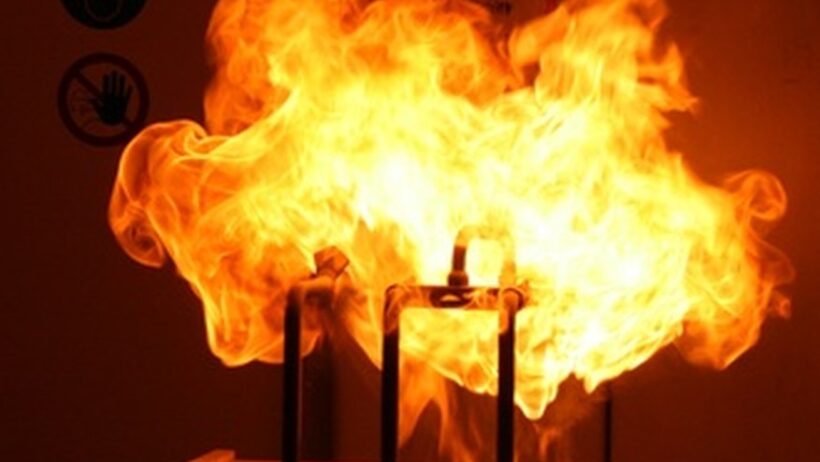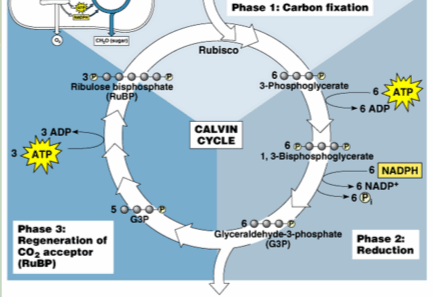Chemical energy is a form of potential energy stored within the chemical bonds of molecules, and it plays a crucial role in various chemical reactions. One of the most common examples of a chemical reaction that illustrates the conversion and conservation of energy is the process of burning wood. This seemingly simple act provides a profound insight into the laws of thermodynamics and energy transformation.
When wood is burned, it undergoes a series of chemical changes primarily involving cellulose, hemicellulose, and lignin. These organic compounds are rich in stored chemical energy. The combustion of wood initiates a series of exothermic reactions—reactions that release energy in the form of heat and light. The burning process primarily involves oxygen, which reacts with the carbon and hydrogen present in the wood.
The question arises: is chemical energy conserved during this process? According to the law of conservation of energy, energy cannot be created or destroyed; it can only be transformed from one form to another. When wood burns, the chemical energy stored in its molecular structure is indeed transformed. It is converted into thermal energy (heat) and radiant energy (light), demonstrating the principle that while the form of energy changes, the total energy remains constant.
To delve deeper, we can analyze the specific components of the combustion reaction. When wood combusts, it predominantly releases carbon dioxide, water vapor, ash, and other by-products. The reaction can be summarized by the following chemical equation:
C₆H₁₂O₆ (wood) + O₂ → CO₂ + H₂O + energy
Here, glucose (a simplified representation of wood’s chemical components) reacts with oxygen. The products of this reaction exhibit less chemical energy than the reactants. Thus, the excess energy manifests as heat and light, signifying a transformation rather than a loss of energy.
Another noteworthy aspect of combustion is the concept of energy transfer and conversion efficiency. The energy released when wood combusts is utilized for various applications: cooking, heating, or even generating electricity in biomass power plants. However, not all the chemical energy of the wood is converted efficiently into usable energy. The by-products, such as smoke and unburnt particles, represent a loss of potential energy, illustrating the importance of understanding energy conversion rates in practical applications.
A critical consideration in the conservation of energy during chemical reactions like burning wood is the role of an exothermic process. An exothermic reaction occurs when the total energy of the products is less than the energy of the reactants. The combustion of wood is a classic example, as it releases more energy than is initially contained within the wood. This energy release contributes to an increase in entropy, or disorder, within the system. In essence, energy transforms into less readily usable forms (heat) even as it adheres to conservation laws.
Furthermore, the impact of the surrounding environment cannot be overlooked. Factors such as temperature, humidity, and pressure all influence the efficiency of combustion. For instance, wood burns more effectively in dry conditions where there is ample oxygen than in moist environments where the availability of oxygen is hindered. The interaction of these variables demonstrates the complexity of chemical reactions and energy dynamics, necessitating an understanding of both biological and physical sciences.
When evaluating the ecological implications of burning wood, sustainability becomes a crucial discussion point. The extraction and use of wood as a fuel source can lead to deforestation if not managed responsibly. Continual removal of trees disrupts the carbon cycle significantly, as trees play a vital role in sequestering atmospheric carbon dioxide. This highlights the importance of considering renewable energy practices that incorporate sustainable forestry techniques, thus ensuring a balance between energy needs and environmental conservation.
Additionally, the choice of wood as a fuel source introduces the issue of emissions generated during combustion. Burning wood releases not only carbon dioxide but also other greenhouse gases and particulates that contribute to air pollution. As such, the apparent energy conservation during combustion must be critiqued through the lens of environmental stewardship. The particulate matter can have detrimental health effects, prompting discussions about cleaner technologies that may harness biomass without releasing harmful by-products into the atmosphere.
In conclusion, while chemical energy is conserved during reactions such as burning wood, the transformation and utilization of this energy unfold many layers of complexity. The process illustrates fundamental principles of thermodynamics while highlighting the significance of sustainable practices in energy consumption. The balance between harnessing chemical energy for human needs and preserving the environment remains a pivotal challenge. Moving forward, embracing cleaner, more efficient technologies will be essential to mitigate the adverse effects of woody biomass combustion while respecting the conservation of energy principle that governs all chemical reactions.







